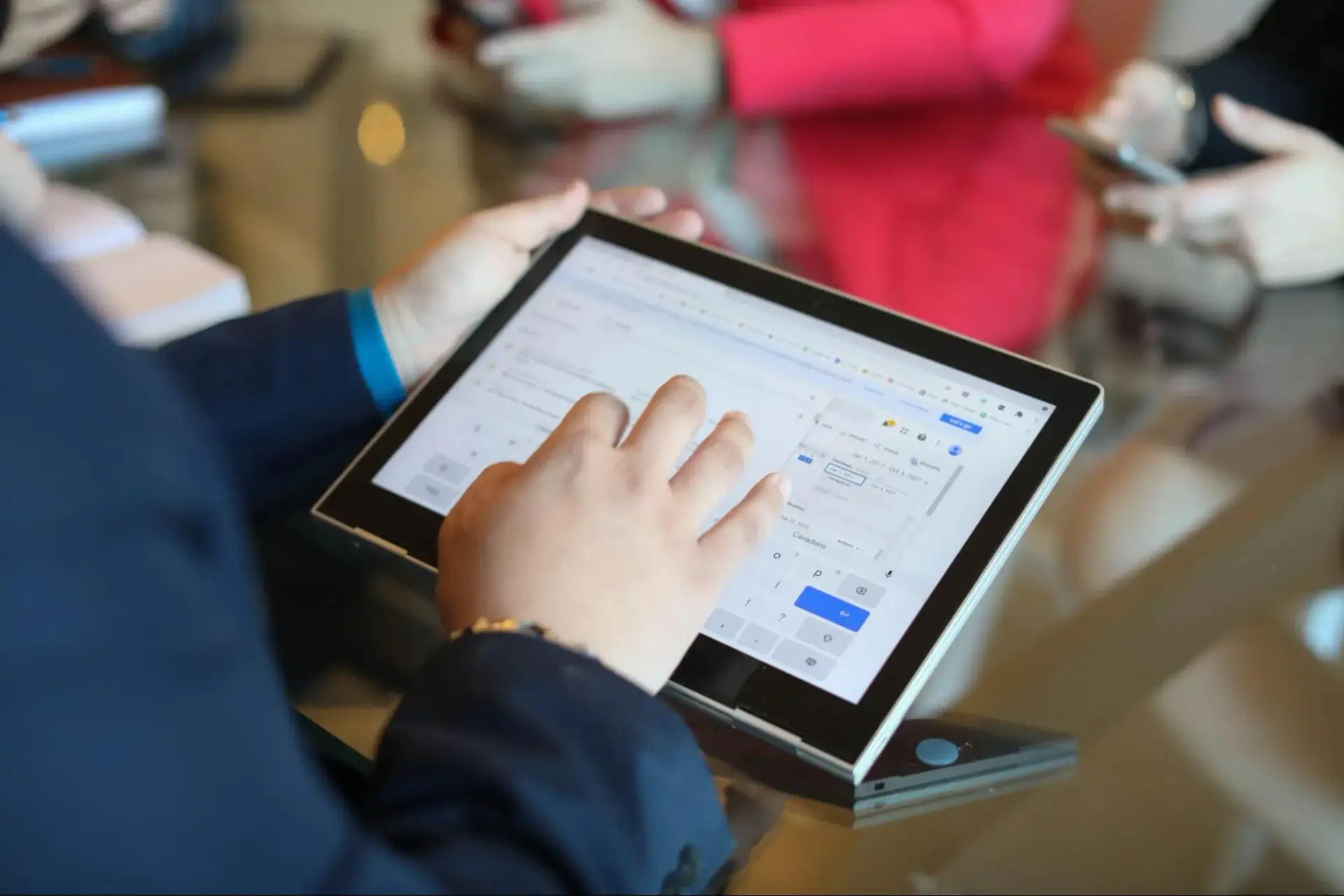After decades of use, email is still one of the most effective methods of nurturing leads. In fact, 30% of global consumers rank email as their preferred channel for receiving brand communications. Roughly 80% of marketers have reported an increase in email engagement over the past 12 months. For ten years in a row, email has generated the highest ROI for marketers, with every $1 spent generating an average of $38. It’s the perfect platform for marketing a service and/or product, connecting brands to customers. Email allows you to communicate with your specific target audience and lead them to take action (making a purchase, signing up for a newsletter, scheduling a consultation, filling out a form, downloading a PDF, etc.). However, as a business’ email list grows it becomes challenging to send relevant messages to subscribers. This is where automated email workflows shine.
What is an automated email workflow?
An automated email workflow is a series of self-activating emails sent to users based on their contact information, behaviour and/or preferences. Email workflows allow marketers to send messages to the right people, at the right time, guiding them through a customer journey. They’re used for onboarding, transactional messages, event follow up and lead nurturing. Email workflows simplify day-to-day processes, ensuring a business is sending relevant content. Once set up, defined and activated, an email workflow does all the work, cutting down on repetitive tasks and allowing employees to focus on more involved duties.
How does an automated email workflow operate?
- A prospect subscribes to your email list and enters the automation.
- They receive a series of helpful emails.
- These emails showcase your product/service, provide helpful articles and let the prospect know how to get in touch should they have questions.
- Checks are made to see if the prospect has become a customer.
- If they have become a customer, they exit the automation.
- If they have not become a customer, they’re tagged as an expired trial and exit the automation.
Types of automated email workflows
- Onboarding workflow: This group of emails is a welcome series meant to help you get to know your prospect and assist them in getting to know your business. These communications provide incentives, educate subscribers about your products/services and ask for additional information (preferences, profile).
- Abandoned cart workflow: This workflow is triggered when a potential customer adds products to their cart but does not complete the checkout. These interested buyers receive a reminder or promotion to encourage them to purchase.
- Mixed channel workflow: A buyer’s journey may involve multiple channels. A mixed-channel workflow uses these multiple channels to communicate a single message to subscribers. Emails, SMS messages, push notifications and/or direct mail are used to create a cohesive campaign that reaches buyers at all stages of their journey.
- Re-engagement workflow: The engagement of a subscriber(s) may diminish over time. Re-engagement campaigns increase engagement in this lapsed audience and/or clear out subscribers who are unlikely to re-engage. These campaigns are meant to excite subscribers, bringing them back to your content and encouraging action. If this is unlikely, the campaign provides a means for them to leave your list.
- Sales support workflows: Automating steps within the sales funnel relieves your team of oft-repeated/repetitive tasks, allowing them time to focus on connecting with key prospects.
- Feedback/review workflows: Automated feedback loops ensure reviews are encouraged at the appropriate time, providing your business with crucial data.
- Date-based workflows: Birthday emails, subscription reminders, holiday emails and webinar reminders help subscribers feel nurtured and informed. Messages are directed to users at the perfect time.
Benefits of email automation:
Email automation lets you
- Personalize the customer experience: Customers love personalization! Email automation allows for the creation of a series of automated emails to assist in developing a relationship with your customers.
- Make the most of your marketing team: Less time is spent on manually compiling lists and scheduling messages, allowing team members to focus on more important tasks.
- Improve customer retention: Automation allows you to stay in touch with customers on a regular basis and ensures that content is relevant. This is an effective way to retain customers and encourage repeat sales.
- Scale marketing strategy: Once set up, automation allows you to send a message each time someone signs up for your mailing list. Your ability to handle the growth of customer numbers is not affected by the number of staff members available to communicate with them.
- Nurture leads: Email workflows follow the interests of your leads, providing helpful information/resources and creating receptivity.
- Increase brand awareness: Automated email workflows allow for organized and responsive content, delivered at just the right time. This creates greater awareness and understanding of your brand. When it is time to make a purchase decision, your email will entice a contact to invest in your product or service over a competitor.
- Reduce errors: Automation reduces and/or eliminates wrong names, improper grammar and spelling mistakes, showing customers your attention to detail.
- Reduce costs: With automated email workflows, you no longer need a large sales team to make cold calls and/or send emails, reducing your employee compensation costs.
- Provide relevant content: If the content is not relevant and interesting, prospective customers unsubscribe. Email workflows are based on data collected, allowing you to entice people with relevant content and messages.
- Boost revenue: A successful automated email workflow dramatically increases conversion rates, affecting your overall business revenue.
- Improve targeting and segmentation: Automated workflows enable the segmentation of email contacts based on attributes, behaviour patterns and other relevant conditions, allowing you to follow up with targeted emails containing the right message.
- Provide detailed reporting: Marketing automation software includes reporting capabilities. Comprehensive reporting allows a marketing team to identify areas where results can be improved.
Automated email workflows are the way of the future! They allow you to send emails to the right person, at the right time, containing the right information. They enable decisions based on data and lead to improved results. Taking advantage of email automation lets you focus attention on more important business tasks. Consider automated email workflows for your company.
Interested in automated email workflows for your business? Need help with your digital marketing strategy? Call CAYK at (403)456-0072 or email [email protected]. Allow us to be your very own marketing department! Connect with our tightly-knit team of knowledgeable digital-first consultants, each eager to help your business grow. If you want the best digital marketing team in your corner, Contact us today. We’ll help you take your business to the next level.
How useful was this post?
Click on a star to rate it!
Average rating 0 / 5. Vote count: 0
No votes so far! Be the first to rate this post.
















